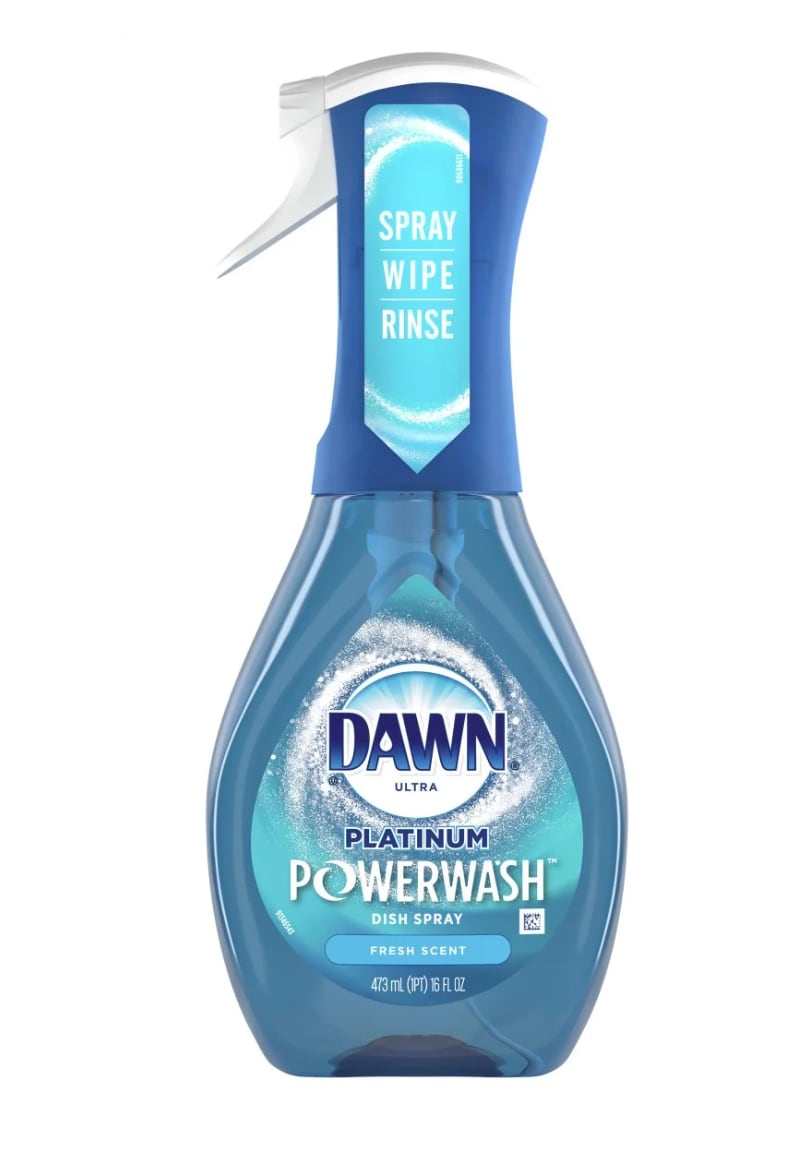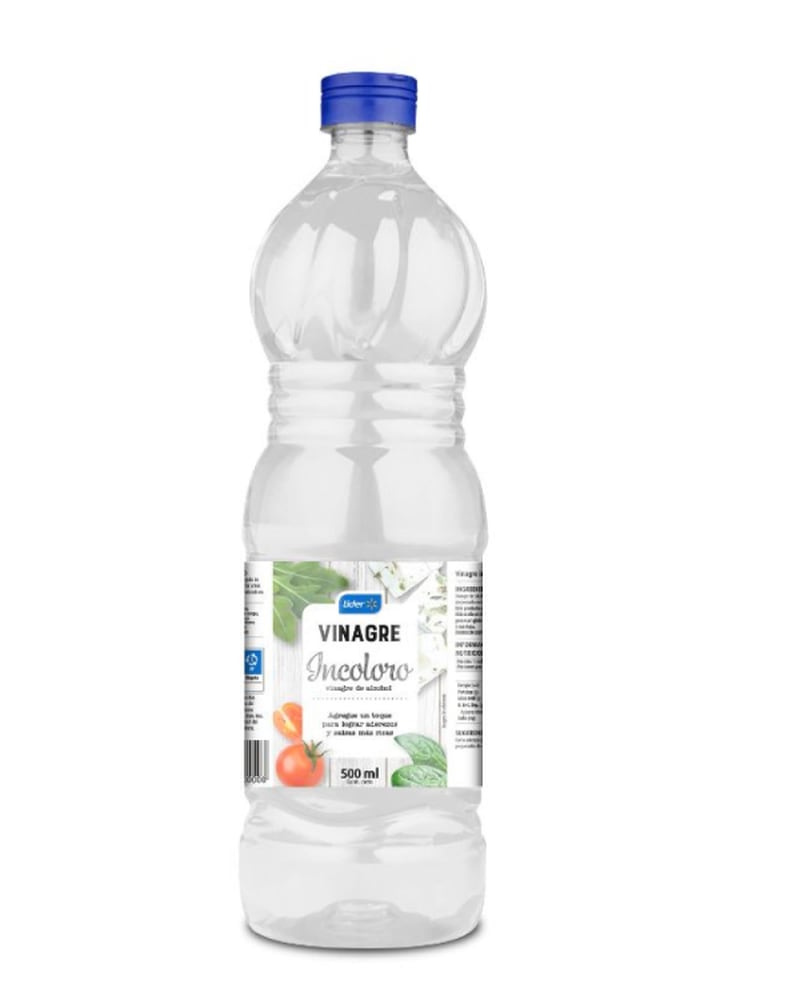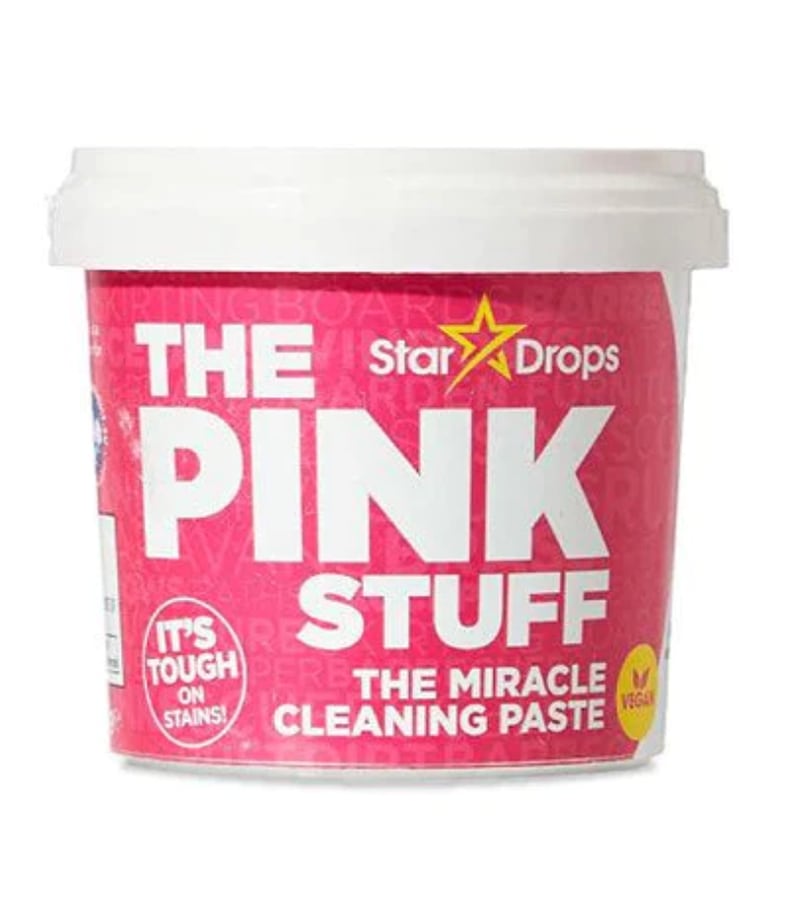Keep your walls fresh, spotless and well-lit by following the following recommendations. It’s less difficult than it seems and very beneficial for the health and durability of your home.
Just thinking about cleaning the walls surely makes you extremely lazy. But once you erase and see the difference between before and after, you will feel immeasurable satisfaction. It’s almost like vibrating higher.
Is it just because it’s cleaner? Or will you also need to see light that is refracted more in the room? Or will it be the inner satisfaction of having erased those stains that have been bothering you for a long time? Either way, it is a task that must be done at certain times of the year, in order to take care of the house.
Cleaning walls not only maintains the aesthetics and freshness of a space, but also promotes a healthier environment by eliminating dust and allergenic particles. Additionally, regular cleaning prevents long-term damage to paint, coatings or wallpaper, extending their lifespan and reducing the need for frequent repairs.
What do you need to clean white walls?
You probably have the essential products to let your wall shine at home, because they are all basic. However, there are also some that could make your process easier.
General accessories:
- Sponge (hopefully a natural or neutral color to avoid color transfer)
- Feather duster
- Microfiber cloth
- Small bucket or containers (to make cleaning mixtures)
- Gloves (to protect your hands)
Basic cleaning products
Arm & Hammer Pure Baking Soda 6.12 kg

Dawn Platinum Powerwash Dish Soap 473 ml

Lider alcohol vinegar 500 ml

How to clean a white wall?
Although a wall can be cleaned in different ways, the process has a universal starting point, no matter which method you apply.
Step 1: Remove Dust
“We must differentiate cleaning of suspended dust, which is superficial, from deep cleaning, which involves stains,” explains Juan Ignacio Maiza, commercial director of Punto Limpieza, an online store specializing in cleaning products.
“Surface cleaning can be carried out every week, with the same microfiber cloth, which adheres more easily to the dust without dispersing it, or the broom for more distant places,” specifies Maiza. This reinforces the idea of paying close attention to corners, which will reduce the buildup of insects and/or cobwebs. “Depending on the color of the paint, they are sometimes barely visible,” he explains. To shake it well, it is advisable to remove any item that is on the wall, such as paintings, decorations or furniture.
Step 2: Analyze Visible Stains
Your wall may have some stains that are more predominant than others. The ideal is to treat large localized stains first, then the entire wall.
Step 3: Clean
To remove stains from your wall, we’ve tried five options, all effective, although some are simpler than others.
Option 1: with vinegar
The first mixture we tried that actually worked on a cream-colored wall was a quarter cup of water, with a quarter cup of vinegar and two teaspoons of Dawn laundry detergent. Apply some of this solution to the sponge and rub it into the stain. We tested it on long-standing dirt and grease stains. Stains disappear effectively when you actively scrub the wall. Very important: the process ends with the removal of excess liquid with a damp microfiber cloth.
Option 2: with baking soda
The second mixture contains two large tablespoons of baking soda, one teaspoon of Dawn dish soap, and half a tablespoon of water. The idea is to stir until you obtain a paste which is then poured onto the wall with gloves. Leave it on for a few minutes, then rub actively with the sponge. The process is also sealed by wiping with a damp microfiber cloth to remove excess product.
Option 3: with cif
Cif – or any other cleaning cream – is one of the flagship products of the Chilean cleaning industry. It’s as simple as applying a little of this product to the sponge and rubbing until the stain is gone. It’s a technique that works and has been put into practice from generation to generation.
Is it compatible with colored walls? Just try it and try at least one turn. If you feel confident, continue with the rest of the wall. In my case, I tried it with a gray wall and it didn’t fade. In the following images you can see the proof.


Option 4: The Pink Stuff
Pink Stuff Cleansing Paste is one of the favorite cleaners on social media because it is very versatile and also has a rich aroma. It works similar to cif, but with a texture that is more like a baking soda paste. The idea is to spread a little product on the affected area, leave it to act for a few minutes then rub with a slightly damp sponge. Then you seal the clean by wiping it with the microfiber cloth, which helps remove excess product.
The Pink Stuff Multi-Purpose Cleansing Paste 850 gr

Option 5: magic sponges
This is another advancement of modernity, particularly useful for cleaning walls. These are what we call “magic sponges”, like “the Dad Eraser there Wet duster either Mr. Clean ; Any of them is ideal for these effects,” says Maiza. Its use, he says, is very simple: just moisten it lightly in water and rub it against dirty surfaces. “Cleaning is almost immediate, without damaging the wall,” he explains.
In the following video you can see how The Pink Stuff and magic sponges successfully remove pencil stains.
For extreme dirt: Baciaqua
One of the flagship products of Punto Limpieza is Baciaqua , a cleaner that Maiza defines as “very powerful, effective against all types of dirt, making cleaning very easy and quick”. It is a product that can be useful when the walls of the house are very dirty or the house has been closed for a long time. In the following video you can see it in action on a wallpapered wall.
What happens with cleaning other types of walls?
In general, the products we suggested above will not cause discoloration on walls or damage paint. However, you should always test a small area, with just a little product or mixture, and rub little by little before moving on to more active rubbing.
- The ideal is to use a white or neutral colored sponge. The one used in the test was made of coconut fiber and it did not discolor at any time.
- As for the cloth, the best are microfiber, ideally it should be a cloth that does not shed lint so that the wall does not have that fuzzy texture.
- Regarding the frequency of cleaning, Punto Limpieza suggests that it will depend on the texture of the wall and the location, and it should also be taken into account that in places affected by smog or environmental pollution it should be more frequent to keep the original tone. .
- “In kitchens, cleaning should be weekly, to remove sebum from floating grease in areas exposed to circulating oils,” he explains.
- In bathrooms, high frequency is also required “to avoid the accumulation of mold typical of humid environments.”
*Product prices in this article are current as of December 3, 2023. Values and availability are subject to change.
Source: Latercera
I am Robert Harris and I specialize in news media. My experience has been focused on sports journalism, particularly within the Rugby sector. I have written for various news websites in the past and currently work as an author for Athletistic, covering all things related to Rugby news.


